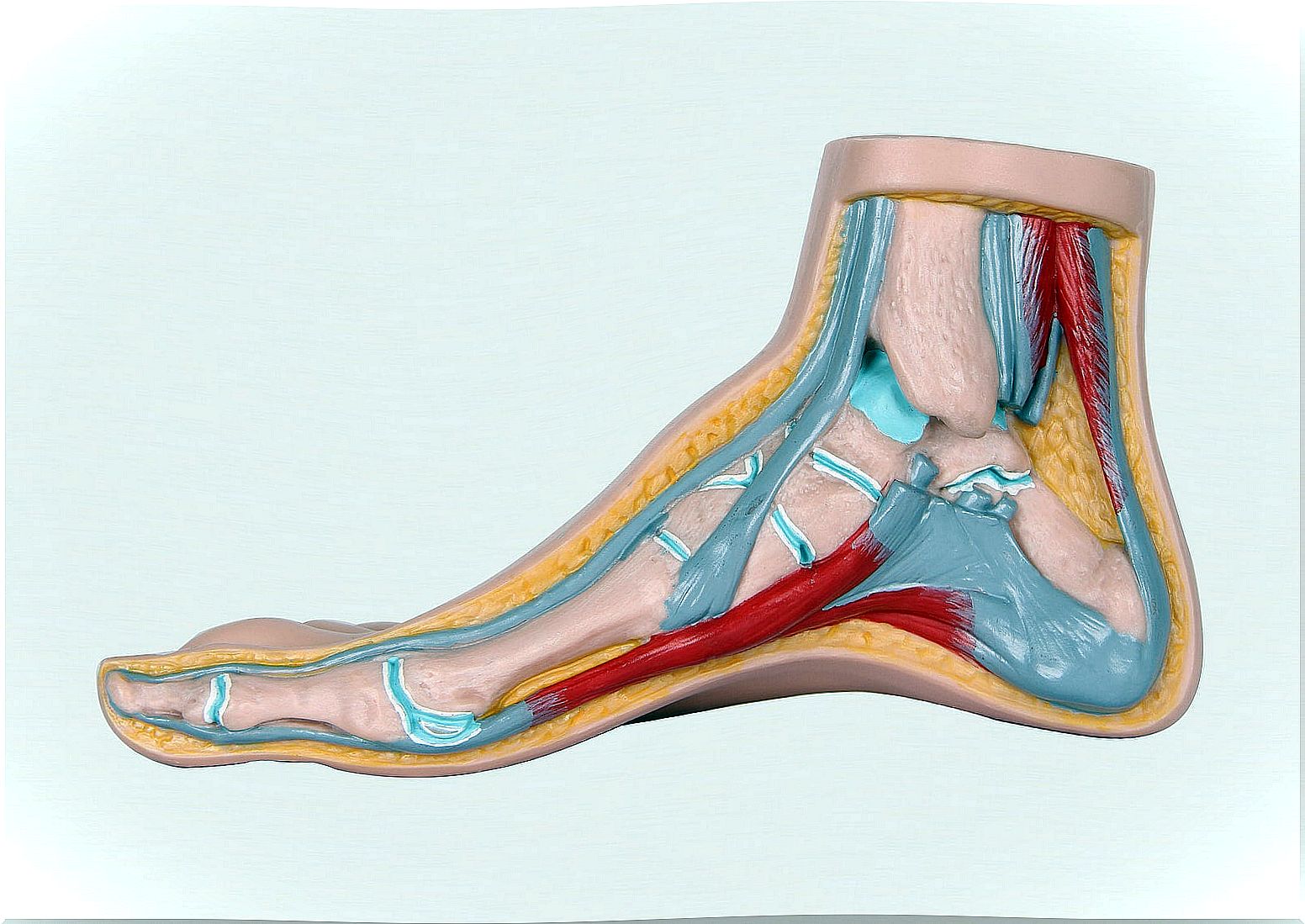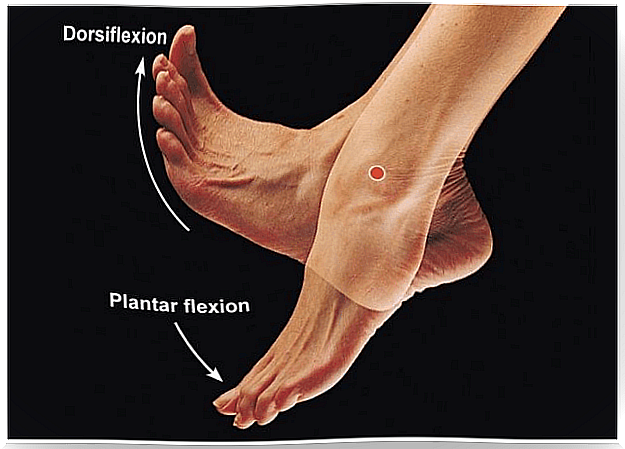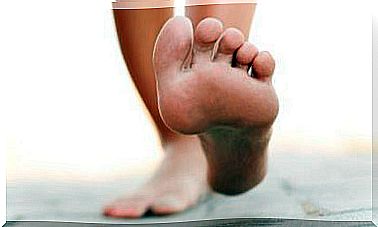Ankle Joint
The ankle joint contains other joints, in addition to a complex network of ligaments, tendons, and muscles. It is a true feat of engineering.

The ankle joint is the point where the foot and leg meet. Its main function is to guarantee an adequate transmission of forces to the foot, both in an upright position and during locomotion.
The foot is the most distal point of the lower extremities. It forms the base that supports the locomotor system. It has a very special biomechanics. Thanks to it, it goes from being a rigid to flexible structure, or vice versa, depending on the characteristics of the terrain.
The ankle joint is a fundamental part of that gear. It is said to be one of the most consistent in the body. This means that it operates very accurately. If its morphology is correct, it contributes decisively to maintain the arch of the sole of the foot, to carry out the extension and flexion movements and to body stability.
Ankle joint characteristics

Anatomically, the ankle joint is made up of two large parts. The first is a superior piece, made up of the tibia and fibula. It is a block that has a hole in the bottom, in the shape of a cylinder. The second is the lower part, which is composed only of the talus, which supports the cylindrical segment.
It should be clarified that the ankle joint is made up of two joints that are independent of each other. One is the inferior tibiofibular joint and the other is the tibiofibular joint. Its characteristics are as follows:
- Inferior tibiofibular joint. Allows the lower tibia and fibula to come into contact. Likewise, it makes it possible for these two bones to separate during the extension and flexion movements of the foot. Similarly, it facilitates the rotational movement of the fibula.
- Tibiofibular-talar joint. It is the most important joint in the ankle. It connects the lower segments of the tibia and fibula with the talus. Because it brings three bones together, it is said to be a trochlear joint. This joint is constituted by a “mortise” formed by the tibia and fibula. The talus penetrates this “shroud”.
There is another joint of less relevance called the subtalar joint . This, in turn, is made up of two joints of lesser magnitude: the anterior and posterior talocalcaneal.
Ligaments

The ankle joint is highly coapted, that is, all its components are closely linked. Although they are independent, they manage to function as if they were a single structure thanks to the tibiofibular-talar mortise and the network of ligaments that surround it.
Two systems of ligaments are found in the ankle joint. The first is made up of the external and internal lateral ligaments. The second, by the anterior and posterior ligaments. The latter are complementary. The main ligaments of these two groups are:
- Internal lateral ligament. It is also called the deltoid ligament . It is in the internal area of the ankle. Join the talus and calcaneus with the tibia.
- External lateral ligament. Joins the talus and calcaneus with the fibula. It has three sections or “fascicles.” It is located in the lateral area of the ankle joint.
- Syndesmosis ligaments. They maintain the union between the tibia and the fibula at the extreme part of both bones. There are two: the anterior and the posterior. They allow to maintain an adequate closure on the mortise.
Other important ligaments are the peroneotalar – anterior and posterior – and the calcaneal fibula.
Ankle movements

The ankle joint allows the performance of six different types of movements.
- Dorsoflexion or dorsiflexion. It is the movement that allows to bend the fingers towards the tibia, reducing the angle between them.
- Plantarflexion or plantar flexion. It is the opposite movement to the previous one. Increase the angle between the top of the foot and the tibia. It is the one that is done when climbing stairs.
- Adduction. It is the movement of the sole of the foot outwards.
- Abduction. The movement of the front of the foot outwards.
- Pronation. Movement of the sole of the foot outwards.
- Supination. It is the movement of the sole of the foot inward.
Most of the movements in the ankle joint occur when there is full support, during walking. The range of motion varies from one individual to another. It depends on the bone configuration, the flexibility of the muscles and the stability of the ligaments.









